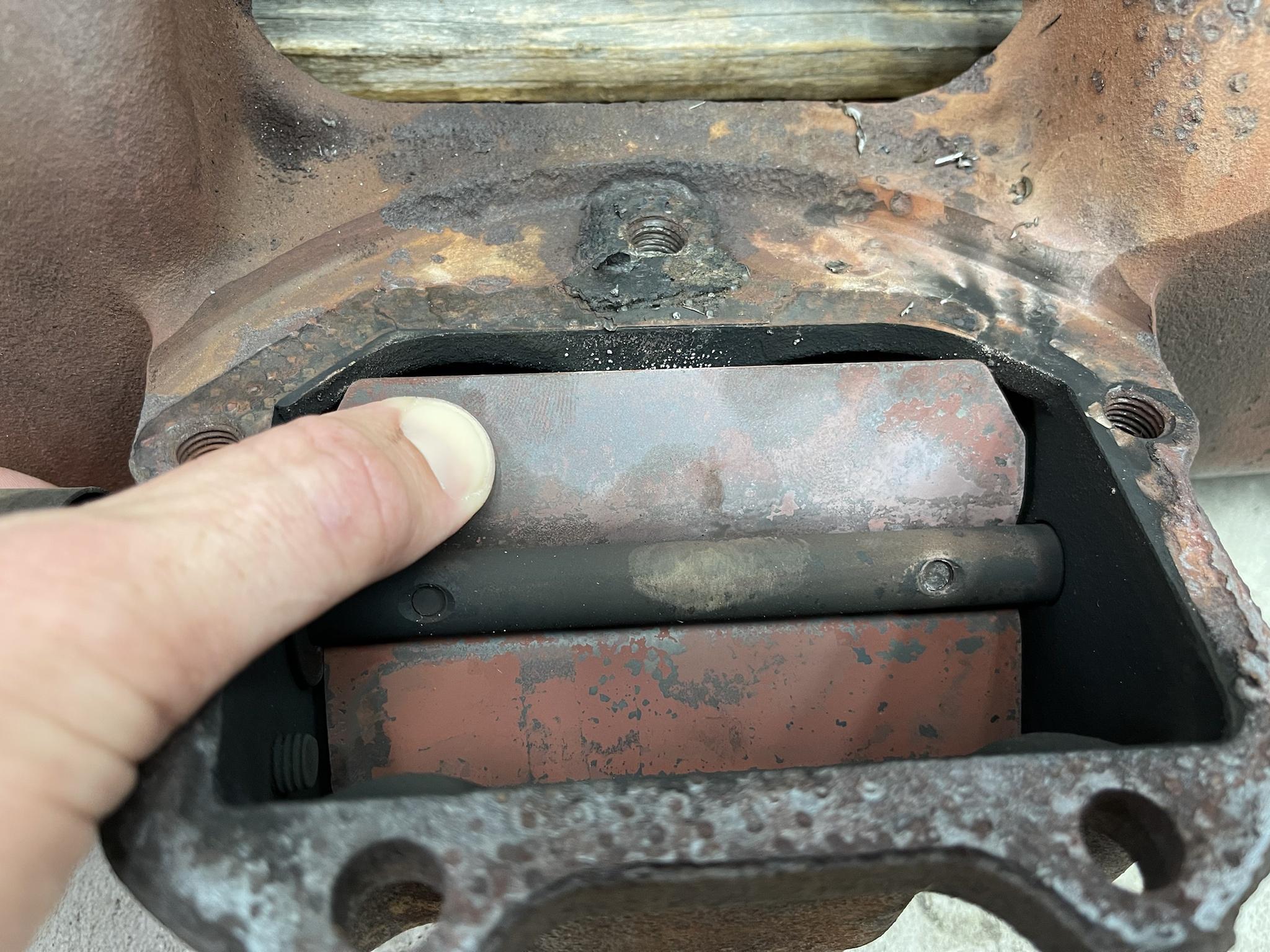The block off plate was intended as a seal for a cracked intake, to prevent vacuum leak, or as a guard against the possibility of the intake crackling.
Mine was done with the flap locked in the hot position, but you still have to cut off the top of the flap for the plate to seat properly. I thought it seemed kind of restrictive at the time, but MAFs machinist was doing the work and it was a first for him too. We thought that was the best way to do it, then.
**Edit: just remembered since it was over 10 years ago. Had to keep the appearance of the thermoflap to be able to pass California visual smog inspection. That still applies.****
Doing it today, I would absolutely remove the flap entirely and have the holes sealed and no plate, provided your intake has never cracked. Much more free flowing and still heat the intake.
Mine was done with the flap locked in the hot position, but you still have to cut off the top of the flap for the plate to seat properly. I thought it seemed kind of restrictive at the time, but MAFs machinist was doing the work and it was a first for him too. We thought that was the best way to do it, then.
**Edit: just remembered since it was over 10 years ago. Had to keep the appearance of the thermoflap to be able to pass California visual smog inspection. That still applies.****
Doing it today, I would absolutely remove the flap entirely and have the holes sealed and no plate, provided your intake has never cracked. Much more free flowing and still heat the intake.
Last edited:



